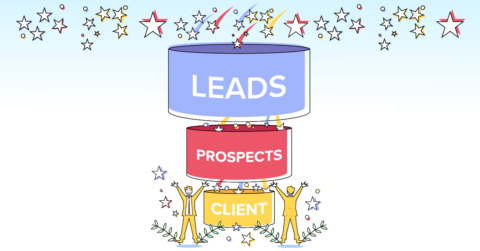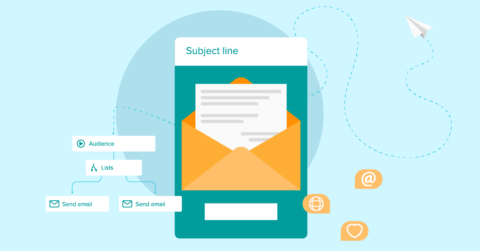
How To Manage Client Relationships
12/23/21
digital design
Knowing how to manage client relationships is an essential part of running any company or agency. And just like finding clients, managing relationships with them can feel overwhelming.
But it doesn’t have to be. Today we are talking about why managing client relationships is so important. We will also share some of our top tips you can follow at your own company.
Why It’s Important to Manage Client Relationships
In our post about the lessons we learned in 2021, we mentioned how important client relationships are. By establishing a good working relationship with them, you build trust, respect and appreciation between each other. This makes working together both more enjoyable and easier.
The natural side effect is this is that you build a reputation as a good business to work with. Assuming you are professional and are accomplishing the goals your client sets for you, this will bring in progressively more business.
As for negative or ineffective client relationships? Work becomes more stressful. You bring in less business, and actually have to spend more time on putting out fires. Neglecting client relationships can cause your plenty of problems. In the long run, it’s worth the extra time and effort to prioritize them.
How To Manage Client Relationships
Now that we’ve covered the importance of good client relationships, let’s cover some main tips that you can apply to improve your own.
These tips will vary depending on your business. If you have only a few long-term clients, for example, managing your work relationships with them is likely easier than multiple new clients. Because of that, how you apply this advice will be unique to you. Choose what fits and commit to it!
1) Get clear on what your client needs from you
Every client relationship will be unique. Some will entail relatively simple tasks that your organization will finish relatively quickly. Some will be much more expansive, and may even develop into a long-term partnership.
Regardless, it’s important to know exactly what your client needs. While this will have already been done during initial conversations, it’s common for clients to request “add on” services. Only by being clear on your tasks will you be able to properly plan.
2) Set expectations from the start.
Just because you’ve talked about your client’s needs doesn’t mean you will be able to do them all. And even if you have the capacity do tackle everything they need done, it’s likely the list will take a bit of time. Your organization isn’t a miracle worker after all!
That’s why expectations set immediately are a necessity for managing client relationships. How long will tasks take you? What are some potential problems to look out for? How much freedom is being granted to your team to get things done, and how much oversight will your client want?
These are all important questions that need to be answered as soon as possible. Don’t be afraid to have these “difficult conversations.” They will save both your company and your client a lot of headaches, and your client is almost guaranteed to appreciate it.
3) Communicate more than you think you need to.
Once you’ve set expectations and started working together, communication will be key. Your client wants to be in the know regarding your progress on tasks. You and your team, meanwhile, will need to hear feedback from them.
This is where communication comes in. And not just consistent communication, but more than you think you need to.
This will obviously be different from client to client. Some clients (especially at the beginning of your working relationship) will need frequent communication. Potentially even daily. Some other clients, however, will be comfortable with speak far less.
Weekly meetings can be a big help here. Not only do they avoid the endless back and forth of email threads, but they help address concerns before they become problems. This puts your client at ease and allows you to adapt to feedback far quicker.
4) Be proactive in making suggestions.
Our last tips is all about action.
Let’s assume you’ve followed all three tips. At this point, you have understood what your clients want, set expectations, and communicated frequently during your work. It’s now time to go above and beyond with the value you provide your clients.
What this entails is being proactive. To establish yourself as indispensable to your clients, you want to give them more than they ask for.
…
Are you an enterprise, nonprofit or small business looking for help on your website? Give us a shout! We provide a free consultation. Email us at info@lughstudio.com or call us at (718) 855-1919!









